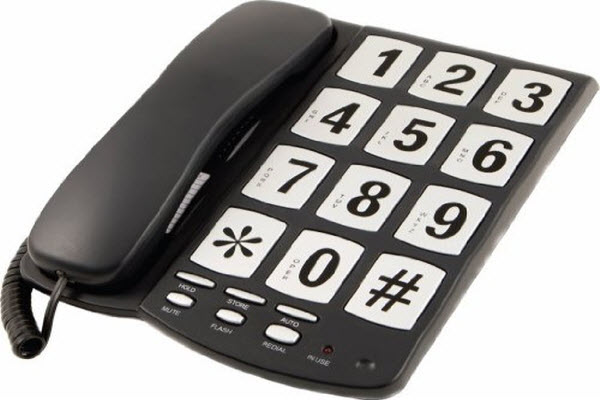Almost everyone who interacts with the internet is familiar with the term “hashtag,” or “الوسم” in Arabic, which consists of the hash symbol (#) followed by a specific word or phrase. This symbol is ubiquitous across social media platforms, serving as a focal point for discussions about events, people, or particular topics. Despite its widespread use, many are unaware of its history, inventor, or the reasons behind its creation. This article aims to shed light on the origins and significance of the hashtag.
The Difference Between “Hash” and “Hashtag”
Before diving deeper, it’s essential to clarify a common misconception: the hash symbol (#) alone is referred to as “hash,” while the combination of this symbol with accompanying words constitutes a “hashtag.” For example, “#Egypt” is a hashtag, but “#” by itself is not. However, many people incorrectly refer to the hash symbol alone as a hashtag.
Twitter Did Not Invent the Hashtag
Despite its extensive use on Twitter, the platform did not invent the hashtag. In fact, Twitter initially opposed its use and was skeptical about its potential. The concept was introduced by Chris Messina, a blogger and early Twitter user, in 2007. Messina wanted to improve the organization and searchability of tweets and proposed using the hash symbol (#) in front of key phrases. He was inspired by its use in IRC (Internet Relay Chat), a chat program he and others were familiar with. When he presented the idea to Twitter co-founder Biz Stone, it was dismissed as a foolish concept. However, after Messina suggested using hashtags during the San Diego fires of that year, Twitter users embraced it. This led Twitter to reprogram its system to support hashtags, making them a core feature of the platform.
The Hashtag Was Not Originally Called That
Initially, Chris Messina referred to the hash symbol as the “pound sign,” a term commonly used in the United States for the symbol #. Over time, the term evolved into “hash,” likened to rank stripes on military uniforms. The term “hashtag” emerged when Stew Boyd suggested that “hash tag” would be a better name. This led to the term “hashtag” becoming widely accepted.

The Unlikely Addition of the Hash Key
In 1963, telephone manufacturers introduced a new dialing system to address issues with old rotary phones. To solve the problem of dialing errors and distinguish between numbers, they assigned 12 unique tones to each button. Due to space constraints, they added two extra keys, the asterisk (*) and the hash (#), which initially served no significant purpose other than filling space. These keys were later repurposed for various functions, including the hashtag.
The Two Types of Hash Symbols
In 1988, the International Telecommunication Union (ITU), a UN agency responsible for standardizing communication technologies, advised phone manufacturers on arranging buttons. The most common layout features three columns and four rows, with numbers 123 at the top, followed by 456, 789, and * 0 #. Less common layouts included two columns and six rows or six columns and two rows. European and American versions of the hash symbol differ, with the European version standing vertically and the American version leaning at an 80-degree angle. Today, the American version remains dominant.

Chris Messina Did Not Patent the Hashtag
Chris Messina could have become a millionaire or even a billionaire by patenting the hashtag. However, he chose not to. He believed that patenting it would have delayed or even halted the widespread adoption of the hashtag, which was counter to his goal of making it a universal tool. Messina views the hashtag as a product of the internet that should not be owned by any individual. His satisfaction comes from seeing people use the hashtag, which he considers adequate compensation.
